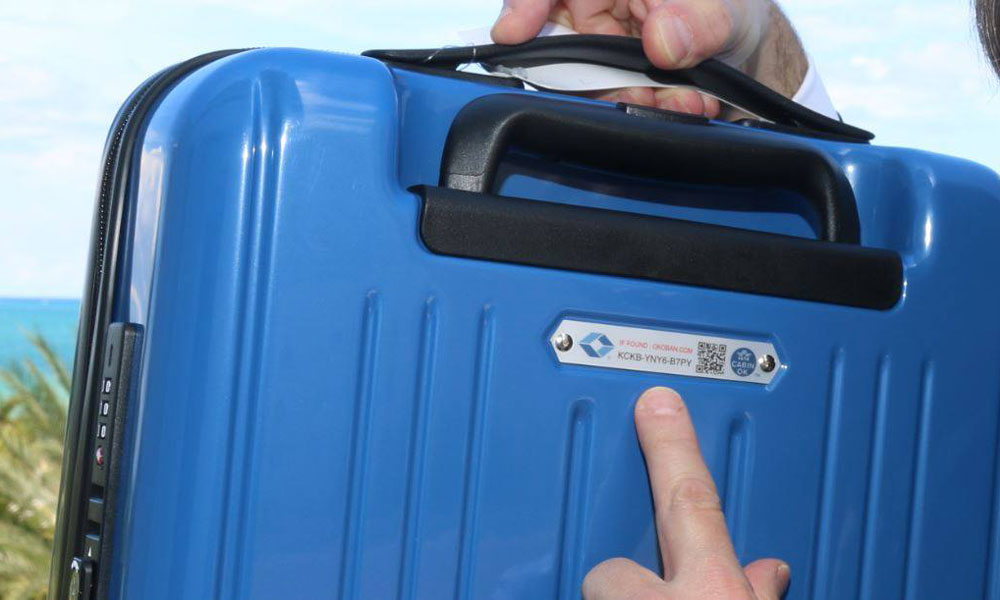
Why the IATA Wants To Shrink Your Carry-On Bags
The International Air Transport Association, the world's largest airline trade group, has its eyes on smaller carry-on bags. You might be grumbling, but it has a pretty good reason for doing so. Here's its explanation.
Carry-on bags pose a huge problem for airlines. Differing standards for carry-on bag sizes can be as frustrating for airlines as they are for passengers.
The lack of standardization often results in passengers who board last trying to cram their bags into overhead compartments that are already overly packed—or worse, have them put in the cargo bay. It’s not an ideal situation, by any means.
The International Air Transport Association (IATA) has a solution for fixing all these inconsistencies, but it comes with a big downside for most passengers. On Tuesday, the association announced that it would recommend standard carry-on sizes of 21.5″x13.5″x7.5″, or slightly less than 2,177 cubic square inches. As NBC News notes, that’s more than 20 percent smaller than the existing 22″x14″x9″ standard (2,772 square inches) used by most U.S.-based airlines.
But the benefit of this change is that smaller bags will work on nearly every airline, whether they’re flying across the United States or around the world. The association has created a logo, “IATA Cabin OK,” which manufacturers can put on baggage that meet the standard.
“The passenger will know that if he or she buys this bag, they’ll be able to take it on board a growing number of airlines, that you don’t need to be concerned about the size of the bag,” said Tom Windmuller, IATA senior vice president for Airport, Passenger, Cargo and Security, in comments to NBC News.
(This is in fact a big benefit, as arbitrary enforcement of carry-on bag standards has been a problem for fliers.)
The Response So Far
Thus far, IATA’s recommendation has been met with mixed reviews, with some travel-industry consultants suggesting that the problem is caused by the airlines trying to cram as many seats as possible on planes.
“Once again, the airlines find a way to make their problem the passenger’s problem — and an expensive problem at that,” travel industry consultant Henry Harteveldt told the Associated Press.
The guidelines have already been met with interest by a number of airlines abroad, but USA Today reports that no American air carriers have yet signed on.
IATA Spokesman Chris Goater said that he expects more airlines to take part in the coming weeks, but even if they don’t, the standards could prove useful for travelers in the market for a new bag.
“It’s certainly not mandatory,” Goater told the AP.
A sample carry-on bag that conforms to IATA's standard sizes. (handout photo)






Comments